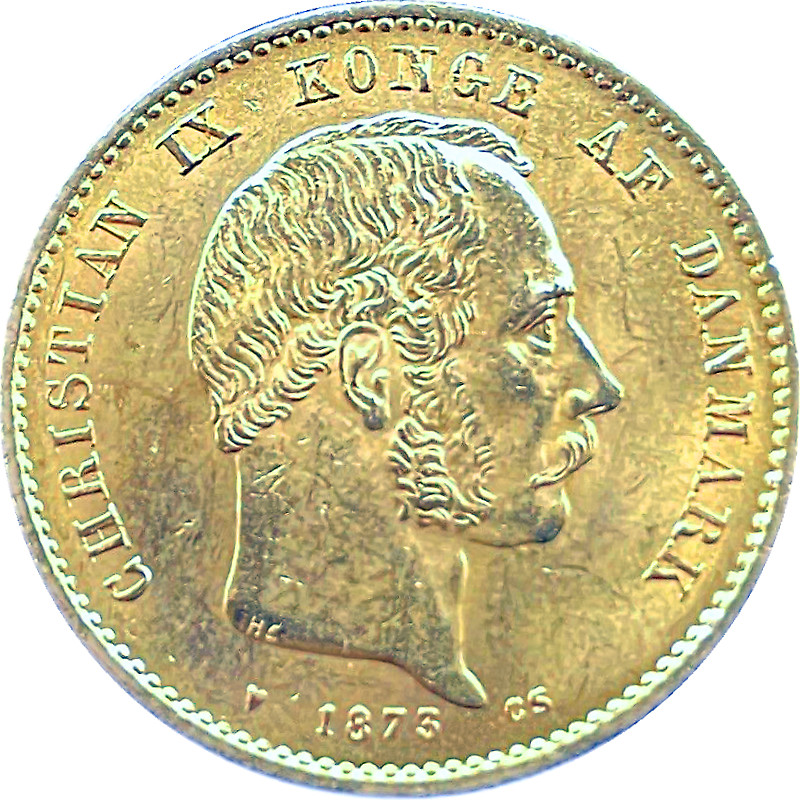The history of Denmark coins is long and rather complicated. There have been several monetary systems used over the centuries in the country, and as a consequence, several coins of various metals, designs, and value to collectors today. Beginning or continuing a collection of Denmark coins is great fun, due to the sometimes intricate designs and variety in the marketplace.
Denmark, like its neighbors Sweden and Norway and Germany, has issued quite a few silver coins throughout its history. At times, the actual metal value of coins was reduced, after which the face value of the coins no longer corresponded to the metal value. People began to lose faith in individual coins due to the debasement. So, Denmark coins were modified to re-establish public confidence. This led to the different eras and monetary units of Denmark’s collectible coins.
Malta coins: Collectibles from a Mediterranean island
Denmark coins in the 1600s and 1700s
By the 1600s, Denmark coins were issued in currency units such as the penning, the søsling, the skilling, the mark (look for MARCK DANSKE on the coin) and the on-again, off-again krone. The skilling, especially, proved resilient, and would be seen in Danish coinage until the late 1800s. Many skilling were created using silver, making them especially valuable and popular with collectors today.
In addition to these basic currencies, Denmark coins from these years also exist in more limited and even more valuable forms. From throughout the 17th and 18th centuries, look for collectible coins in “gold krone”, speciedaler (silver and gold), and gold pieces using rosenobel, guilder, and ducat. Keep an eye out (and a wallet open) for the very limited ducat courant, also a gold coin.
See also: Albania coins collecting guide: Lekë, franga ari and more
Denmark coins 1813-1854
The coins of Denmark were simplified in 1813, and pieces from this point were in daler and skilling. Specifically, the currencies now were rigsbankdaler, rigsbankskilling, and the silver speciedaler. An easy way to identify Denmark coins from this period of history is to look for the phrase DANIÆ. Designs continued in the Danish coin tradition of decorative depictions of the king and the crown on the obverse and reverse.
Denmark coins 1854-1874
For a period of about twenty years, Denmark again altered its monetary system. Coins from these years are in skilling rigsmont (look for SKILLING R.M. on coins), rigsdaler rigsmont, and a new gold coin, the d’or. Being from a brief period of Danish history, but with so many special gold and silver pieces in addition to the regular issues, Denmark coins in these units should be in any collection of Danish money.
Browse 180 current Denmark coins for sale offers here
Denmark coins 1874-
Around 1874, a new krone was adopted as Denmark’s currency. This krone was put on the gold standard, with a rate of 2,480 kroner = 1 kilogram of fine gold. One krone is equal to 100 øre. From this point, Danish coins featured the phrase DANMARK, and later, DANMARKS DRONNING.
Denmark coins have been issued, especially since the mid-20th century, as various commemorative pieces. The obverse of some commemorative coins, like the standard krone coins, features a portrait of the monarch. One example is a 500-krone commemorative coin, which was minted in 2010 to commemorate the Queen’s 70th birthday. A commemorative gold coin was also struck on this occasion.
Collectors of commemorative Denmark coins will find dozens and dozens of fine examples, in silver and in gold, right up to the present day. These coins sport ever more bold designs and ranges of subjects.
Finland coins: Suomi’s collectible numismatic history
Designs on Danish coins
A krone coin issued in 1875 featured King Christian IX on its obverse, with the KONGE AF DANMARK inscription. The reverse featured Denmark’s coat of arms, with the denomination written underneath. Look for versions of these coins minted in 1875, 1876, 1892, and 1898.
In 1960, a cupronickel variant with a similar design was released. In 1973, the coin’s design was altered to show Denmark’s new Queen, Margrethe II, using the phrase MARGRETHE II DANMARKS DRONNING. The current design of the coin was placed into circulation on January 26, 1993, after being struck in 1992. There are no mint marks on the obverse after 2000.
The crown appears on the 50-øre coin. The Queen’s monogram appears on the 1-krone, 2-krone, and 5-krone coins, while the Queen’s portrait appears on the 10-krone and 20-krone pieces. The 50-øre and 10-krone coins have smooth rims, while 1- and 5-krone coins have milled rims. The 2- and 20-krone coin rims feature interrupted milling.
More on MegaMinistore: Austria coins: Guide and history for collectors
With all of this variety and uniqueness, diving into a collection of Denmark coins can be very rewarding. Whether you collect Danish coins for their historical or aesthetic value, or as an investment due to their rarity or silver or gold content, you have a lot of options available to you. Your collection of Danish coins can become whatever suits your style.










